Mexican architecture
10 buildings made by Mexican architects
Throughout the region we can find vestiges of all periods and styles. This style of architecture has transcended borders to become an example and inspiration for the world.
Here is a list of 10 buildings made by Mexican architects that have stood out for their impressive constructions, both nationally and internationally.
New Basilica of Guadalupe - Pedro Ramirez Vazquez
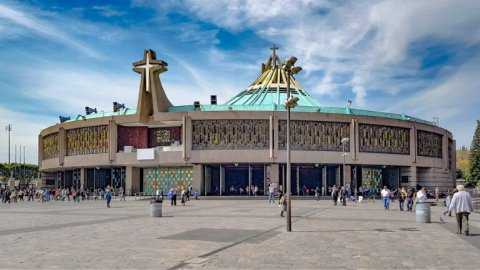
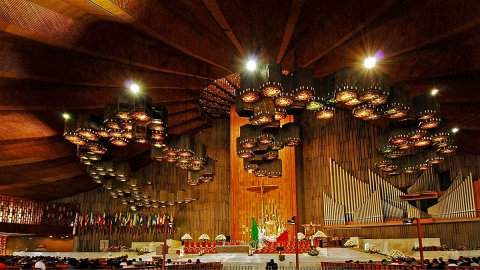
Part of the monumental structure are the more than 300 control piles at a depth of 40 meters. Both the solution of the cover subtly loaded to the east and the volume of circular plant lighten the massiveness that this work implies, allowing a greater lightness in the square with respect to its surroundings.
The engineer Pedro Ramirez Vazquez built many of the most representative monuments of Mexico City. He is considered one of Mexico’s most prolific architects. He won an infinity of awards and recognitions. His most significant works are the “New Basilica of Guadalupe”, the “National Museum of Anthropology”, the “Azteca Stadium” and the “Legislative Palace of San Lazaro”.
Nonoalco Tlatelolco Housing Unit - Mario Pani
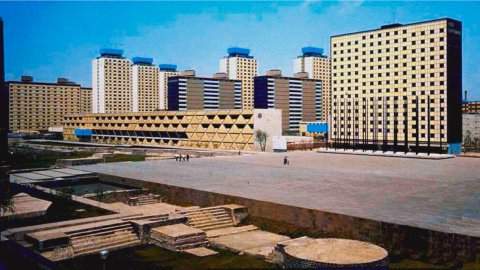
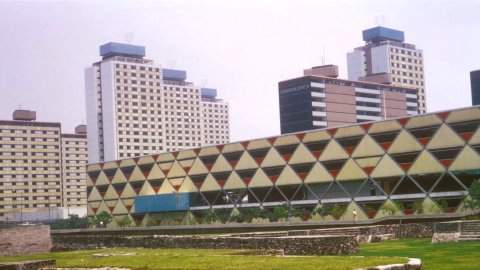
This building is a clear reflection of the dream of the modern movement in Mexico. Construction began in 1960 and throughout time and its events, it has preserved the character of all the moments that have passed through it.
Pani was a promoter of “functionalist architecture” and his works have an international style. In total, he completed 136 projects, including houses, commercial buildings and airports; he was the precursor of many Mexican architectural movements.
In addition, throughout the Republic, Pani organized plans and projects to redesign the structure of the states.
Towers of Satelite - Luis Barragan
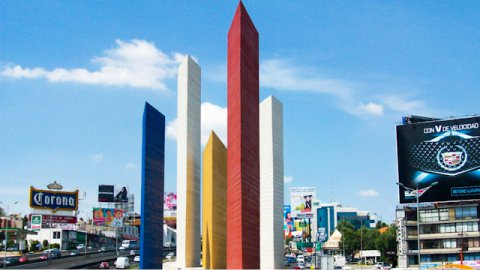
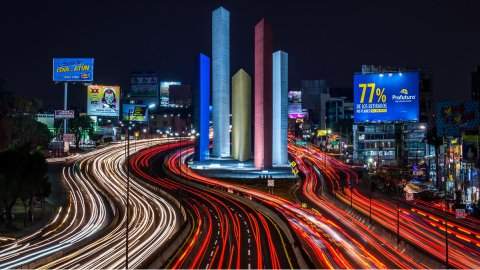
These structures are part of “Ciudad Satelite” and are composed of five concrete towers, triangular shaped and of different colors and heights (the tallest is 52 meters), with a totally sculptural character.
The five towers rise vertically above a slightly inclined plaza, extending upwards as the viewer approaches. In this way their verticality is accentuated, like needles cut out of the sky, but with the contrast of their horizontal striations, which, in addition to their texture, give them a certain quality of strength in their perception.
Luis Barragan, is the only Mexican to have won the “Pritzker” prize, awarded in 1980, which recognizes the best architects in the world.
Double house - Juan O’ Gorman
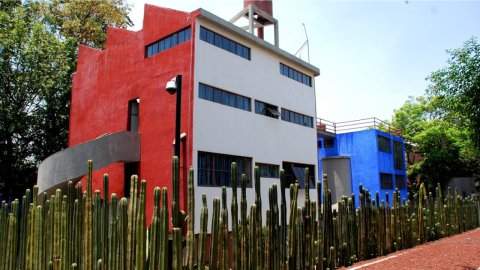
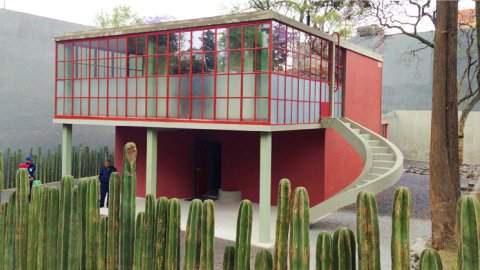
In 1931, architect Juan O’Gorman designed a double house for Frida Kahlo and Diego Rivera, one of the first of the so-called “functionalist architecture” and one of the most interesting examples of the modern movement in Latin America. The work, which caused a strong controversy at the time of its construction, was a break with all the aesthetic paradigms of Mexican architecture by incorporating avant-garde elements that architects such as Le Corbusier were developing in Europe.
Camino Real Hotel -Ricardo Legorreta
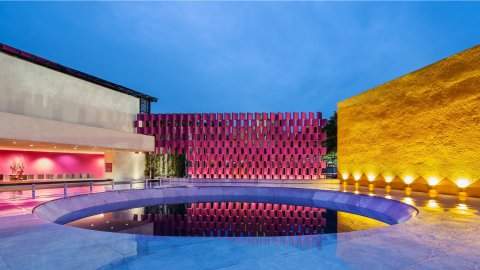
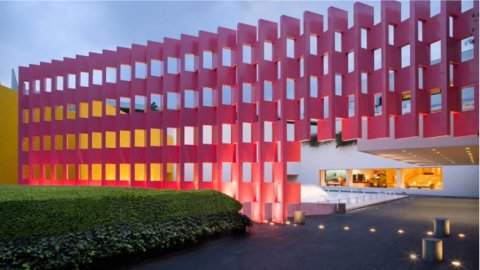
As the city where this singular work is located is known for being on seismic terrain, Legorreta, for structural reasons, decided to design a volume of a maximum of 5 levels, allowing the rooms and public spaces to be rearranged, with large open spaces in between, thus achieving a strong relationship with the outside world, both for protection (3 of its sides) and with a small commercial boulevard that connects it to the city.
Legorreta‘s work is based on the handling of proportions, the creation of elemental spaces, intense color and the forcefulness of structural and architectural elements. He seeks to incorporate traditional architecture into current trends.
Anahuac Tower - Juan Sordo Madaleno
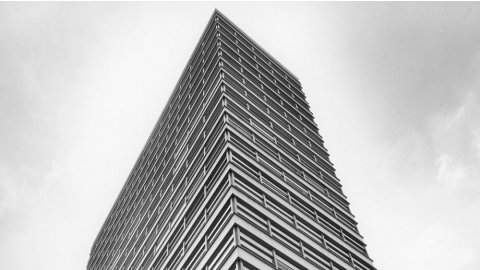
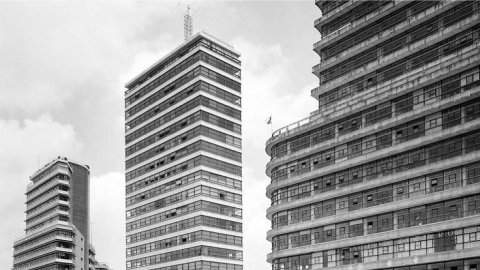
With twenty-one levels and four subway parking levels, this building was one of the tallest in Mexico at the time. The structure is made of welded steel frames, which allow the front to be treated with continuous windows and parapets.
Sordo Madaleno was a Mexican architect who brought the “International Style” essence to Mexico and brought modernity to the country in the second half of the 20th century. His works were all over the city and transformed the capital with shopping malls and hotels.
Amsterdam Tower - Javier Sanchez
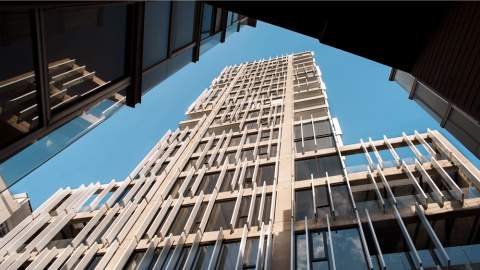
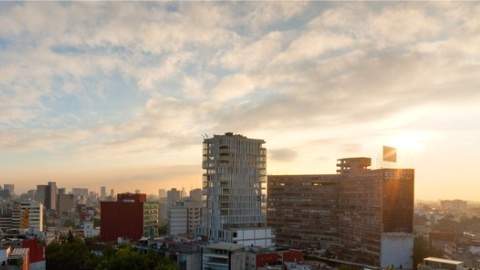
He is one of the most important contemporary architects, Sanchez is recognized as one of the 40 most influential contemporary architects of the last 40 years.
THe has projects such as the new wing of the “Centro Cultural España”, “Condesa Hotel” and the “Amsterdam Tower” on “Insurgentes Avenue”. He designed many buildings in the Roma and Condesa neighborhoods, the “Museo del Estanquillo”, the “Casa de las Ajaracas”, the “Universidad Claustro de Sor Juana” and has international projects such as “Greenhouse” in China. He won the silver medal at the XI Biennial of Mexican Architecture.
Cineteca Nacional (Remodeling) - Michel Rojkind
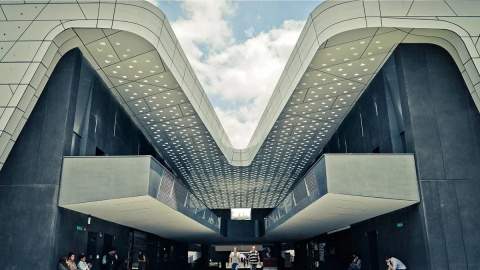
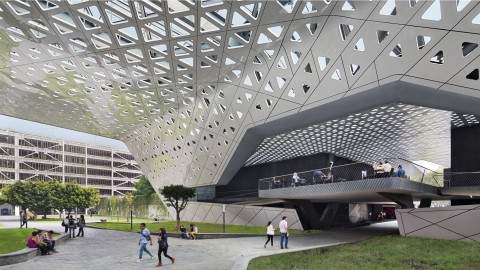
Located in the southern quadrant of Mexico City, the “Cineteca Nacional” houses the most important film archive in Latin America. The current complex dates back to 1982, when a fire destroyed part of the campus and most of its archive, and it was a “temporary” facility not very suitable for its purpose. Rojkind took it upon himself to work on the remodeling to convert this space into a place that would also be useful for the hundreds of people who cross the area on foot.
Michel Rojkind was listed as one of the “Treasured Architects of the Civil Registry” and cited as “one of the most influential architects on the contemporary Mexican scene” by Forbes magazine.
Auditorio Nacional (Remodeling) - Teodoro Gonzalez de Leon y Abraham Zabludovsky Kraveski
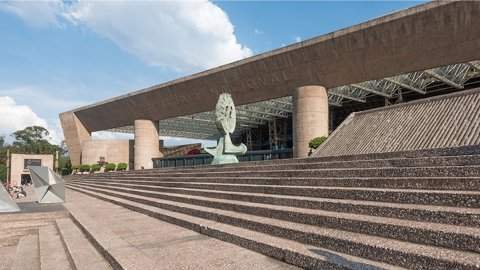
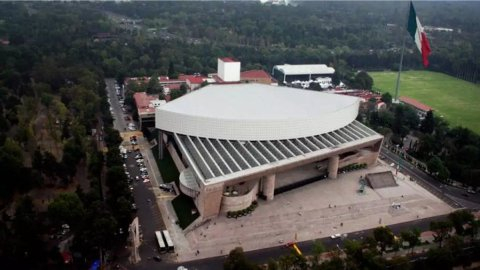
They worked together on almost all of their projects in Mexico City. Gonzalez de Leon retakes pre-Hispanic elements in his works and is famous for his use of chiseled concrete, which has led many to call him “brutalist”. Thanks to him, Mexico began to produce works based on architectural thought founded on the honesty of the material, simplicity in composition and abstraction.
Abraham Zabludovsky built more than 200 works in Mexico and the world. His work shows the characteristics of the place, he seeks his own language characterized by the revaluation of the wall and the search for durable textures. Like Gonzalez de Leon, Zabludovsky uses the technique of chiseled concrete in marble as a reference to the traditional Mexican world.
Culiacan Botanical Garden - Tatiana Bilbao
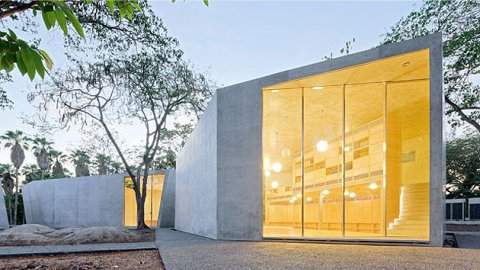
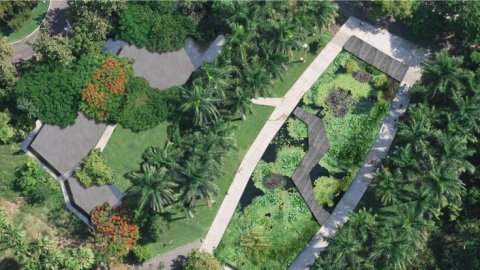
The “Botanical Garden” project in Culiacan, Sinaloa, Mexico, was conceived as a space to house botanical collections and as a space for cultural use.
In contemporary architecture, Tatiana Bilbao has excelled with her sustainable architecture projects, for which she received an award in Paris in 2014 and the “Arts Award” in Berlin. Some of her buildings in Mexico are the ” Botanical Garden” in Culiacan, where she fled from any classical structure, and the headquarters of the “Instituto Tecnologico de Monterrey”, in the same city.
What is your favorite building?

Comments
We are interested in your opinion, please leave us a comment